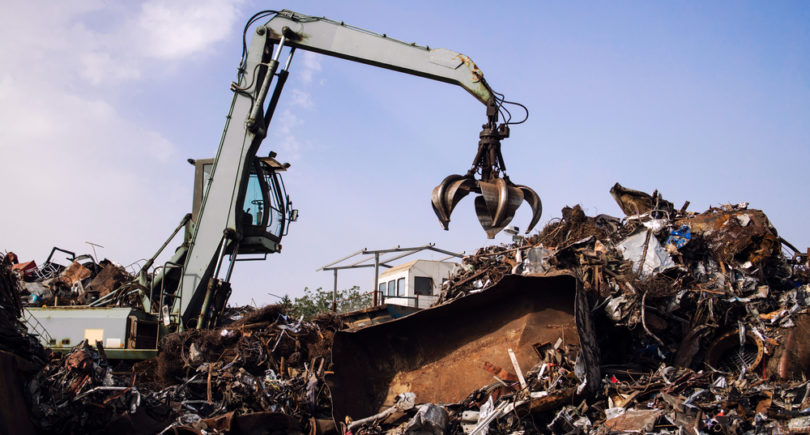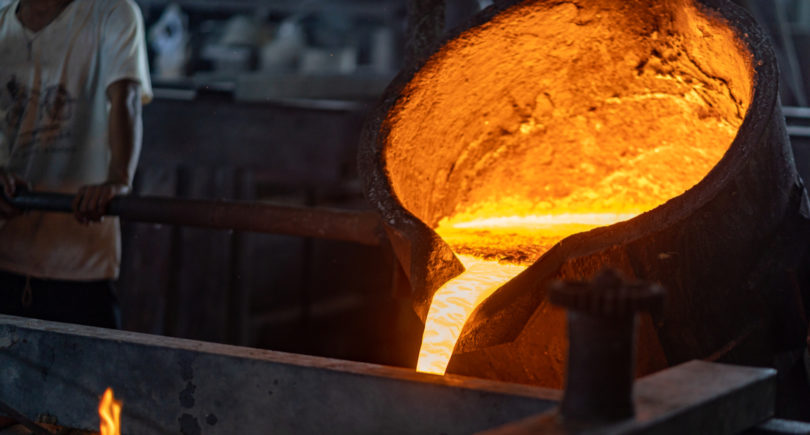
News Global Market import quotas 1370 06 April 2023
Quotas for most products were selected slowly
Imports of steel products to the EU continued to decline in the first quarter of 2023. Quotas for most steel products were selected slowly, large volumes remained unused. SteelMint informs about it.
In the coated flats segment, there was demand for products from India, South Korea and China, where good quota volumes were selected.
In the first quarter of 2023, the import of hot-rolled coil (HRC) to the European market was weak. South Korea was the leader – the country used 82% of duty-free volumes. The remaining 75% quota for the EU was chosen mainly by Asian importers. India’s quota for these products was used by 30%, while the UK and Turkiye almost did not choose their volumes (used 13% and 11% respectively).
Rebar import quotas in the EU in this period were only 24-66% exhausted (depending on the country of origin), during the first quarter of 2023 they were selected very slowly. The reason was weak demand and a decline in the European market.
Import volumes of wire rod to the EU by individual countries in the first quarter of 2023, according to Metal Expert, were also not very high. At the same time, the remaining quota for this type of product was used by 88%, mainly by suppliers from the MENA region. One of the reasons why these quotas are being drawn slowly is because material from Asia and North Africa is not subject to safeguards.
As for the new quota period, the second quarter of 2023 (April 1-June 30), they are also unlikely to be exhausted quickly, writes SteelOrbis. In particular, it is about the supply of Turkish rebar and wire rod to the EU. Currently, customs clearance of 303 tons of rebar and 4.45 thousand tons of wire rod from Turkiye is expected, while the quotas for the country for the second quarter of 2023 for these products are 89.8 thousand tons and 112 thousand tons, respectively.
It is expected that part of China’s import quotas will be exhausted when the already available tonnages pass customs clearance. Currently, the EU ports have a commodity bar in the amount of 104.08% of the country’s quota for the new quota period, electrical sheet (172.45%), seamless pipes (120.25%).
“Demand for steel imports in the EU was low at the end of 2022 and the beginning of this year, as a result, we see unused volumes of import quotas. First, this was due to the desire to reduce the level of stocks of finished goods in the face of uncertainty about potential demand. Secondly, in the 4th quarter of 2022 and in January 2023, the difference between prices in the EU market and import prices was insignificant – an average of $60-70 per ton, so the market did not want to take risks. But the situation changed significantly in March-April 2023.
The difference between local and import prices is already $130-150 per ton, which stimulates imports. In addition, the supply of locally produced flat products in Europe is limited. European companies are trying to use the possibility of duty-free deliveries to the US, where prices are $200 more than in the local market, thus freeing up space for imported products. So in the coming months we expect an increase in imports, for which there are all prerequisites. This may lead to lower prices in the EU closer to the level of import parity,” said GMK Center Chief Analyst Andriy Tarasenko.
As GMK Center reported earlier, the global hot-rolled steel market are under the pressure of weakening demand, the European market is knocked out of the general trend due to limited supply. Quotations of hot-rolled steel in Europe can be maintained at a high level due to low competition from imported products, which are unprofitable due to their relatively high cost. But small quantities are still being ordered because delivery times are shorter than local ones.



